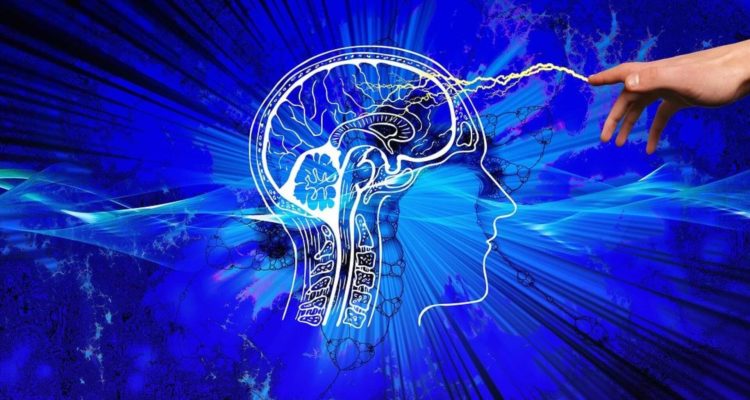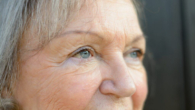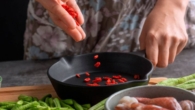
A new potential stroke treatment strategy has been identified
0
Research conducted at the LSU Health Neurobiology Center of Excellence in New Orleans , show that a combination of LSU Health's proprietary drugs and selected DHA derivatives is more effective in protecting brain cells and speeding recovery after stroke than either drug alone.
During an ischemic stroke, signals are received from blood arriving white blood cells and primary brain immune cells called microglia that the cause of neuroinflammation leads to the accumulation of chemicals that damage the brain. Platelet-activating factor (PAF) accumulates, and inhibition of this process plays a critical role in neuronal survival. Earlier studies also showed that in addition to its anti-inflammatory properties, DHA, an essential omega-3 fatty acid, stimulates the production of neuroprotectin D1 (NPD1), a molecule that protects brain cells and promotes their survival. One of the factors complicating the development of neuroprotective strategies in stroke is the multiple pathways and events that occur in the brain during stroke, which have been attempted mainly with monotherapeutic agents, which in most cases have been unsuccessful.
Because no single therapy has proven effective in treating complex stroke, the team aimed for two different events—blocking the proinflammatory platelet-activating factor receptor (PAF-R) and activating cell survival pathways. They found that treatment with LAU-0901, a synthetic molecule discovered in Bazan's lab that blocks proinflammatory platelet-activating factor plus aspirin-triggered npd1 (AT-NPD1), reduced the size of the damaged area in the brain, initiated repair mechanisms, and markedly improved behavioral recovery.
Total lesion volumes were reduced by 62% with LAU-0901 plus NPD1 and by 90% with LAU-0901 plus AT-NPD1. Combination treatment using LAU-0901 plus AT-NPD1 improved behavioral performance by up to 54% on day three. LAU – 0901 and LAU-0901 plus DHA reduced the production of 12-hydroxyeicosatetraenoic acid, a pro-inflammatory mediator.
“We found that these new molecules promote the survival of nerve cells, possessing important anti-inflammatory activity,” explains Dr. Lyudmila Belyaeva, the second author of the study. “This combination therapy may hold promise for future therapeutic developments against ischemic stroke.”
About 87% of all strokes are ischemic strokes, in which blood flow to the brain is blocked. Stroke impairs mobility in more than half of stroke survivors age 65 and older.









Leave a Reply